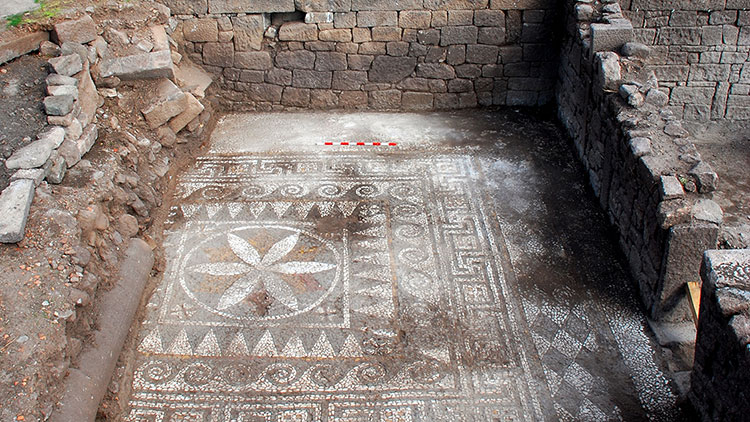
A 2200-Year-Old Well-Preserved Mosaic Unearthed in Assos
Archaeologists have discovered a well-preserved 2200-year-old mosaic during ongoing excavations in the ancient city of Assos. The team also found an 1800-year-old monumental tomb.
Location and Historical Significance
Assos lies in Behramkale village, within the Ayvacık district of Çanakkale. This ancient city has a rich history that dates back to the 9th century BC. It is known as the place where the philosopher Aristotle lived and worked, making it an important center for philosophy. Assos also served as a significant trade center in antiquity and remained vital during the Greek and Roman periods.
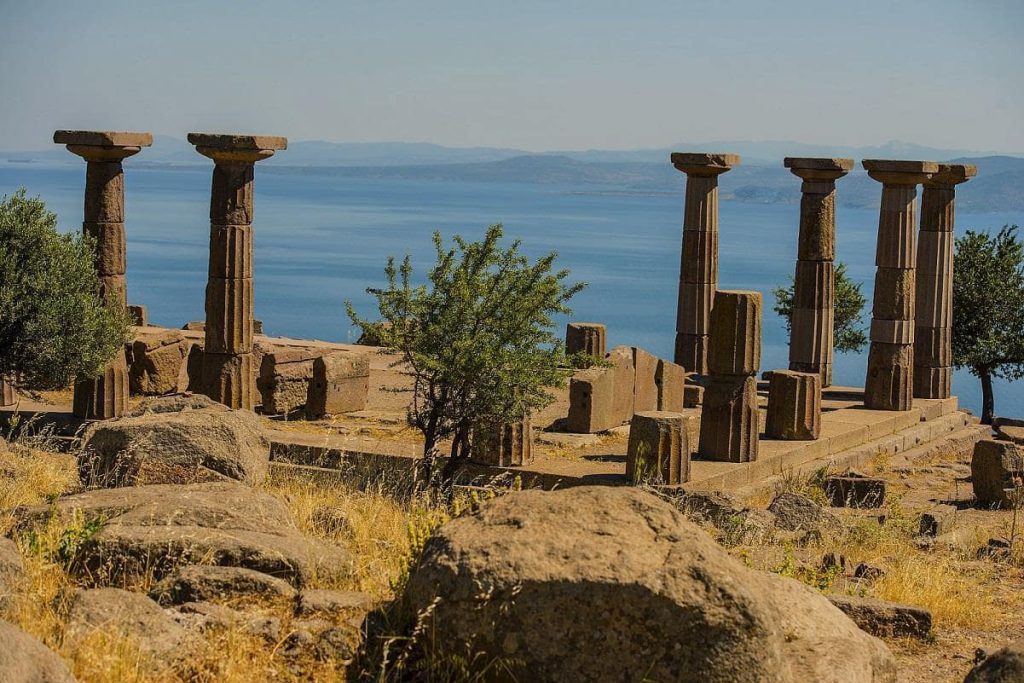
New Findings in the Excavation
Prof. Dr. Nurettin Arslan leads the excavation team and teaches in the Department of Archaeology at Çanakkale Onsekiz Mart University. He reported that the team has made new discoveries in the ancient city and the acropolis, the elevated area where fortifications and various structures were built.
In the ongoing work on the inn structure next to the western city wall, the team uncovered a completely intact mosaic from the Hellenistic period. This mosaic features three-color floral and geometric motifs made with polygonal stones.
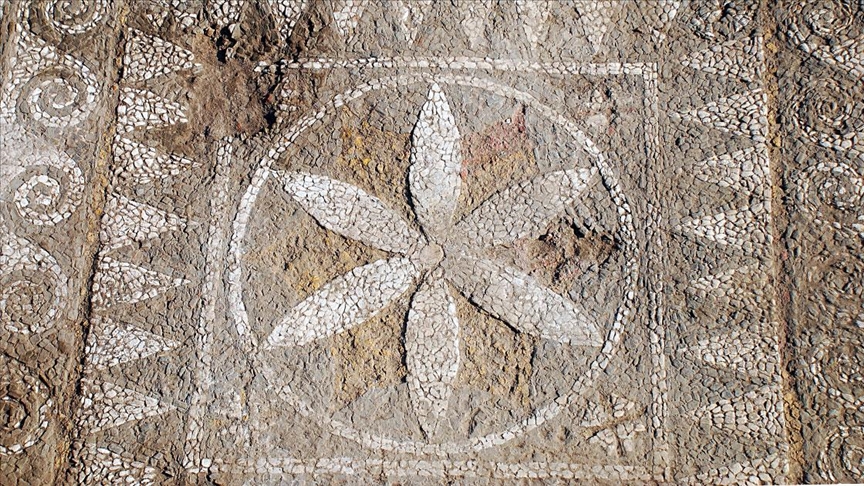
Importance of the Mosaic
Nurettin Arslan explained, “We see solid examples of such mosaics in some cities in Macedonia and Greece. The new mosaic found in Assos is about 2200 years old. This makes it one of the earliest polygonal tesserae mosaics from the Hellenistic period in Anatolia. This structure likely served as a gymnasium during the Hellenistic period. However, it became a residential area during the Byzantine period. The fact that the mosaics have survived without damage is a remarkable find.”
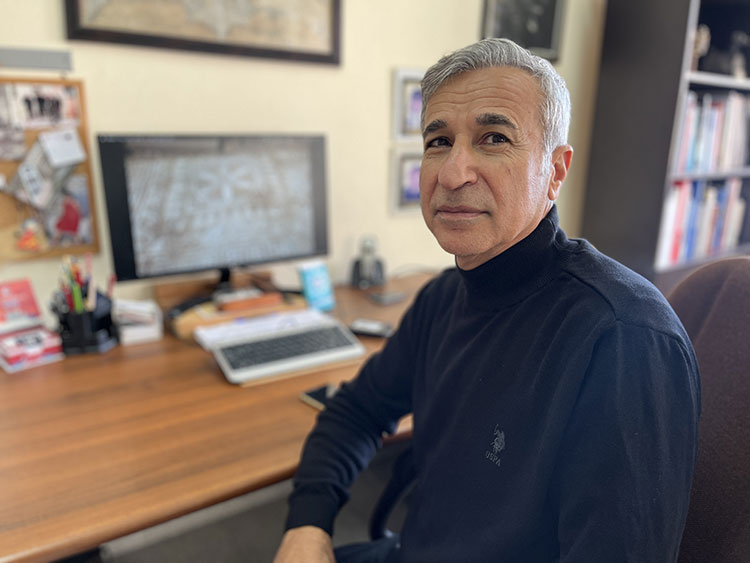
Discovery of the Monumental Tomb
Arslan also mentioned that previous researchers had excavated what they called a “fountain structure.” He clarified, “After completing the work, we found that this large structure is not a fountain. Instead, it is a tomb monument belonging to a prominent family in Assos, known as a heroon, which is an 1800-year-old monumental tomb. We know of a tomb monument belonging to two brothers located on the western side of the southern stoa, a covered colonnade. The uncovered tomb is a heroon, or monumental tomb, belonging to a prominent family in the city during the Roman period.”
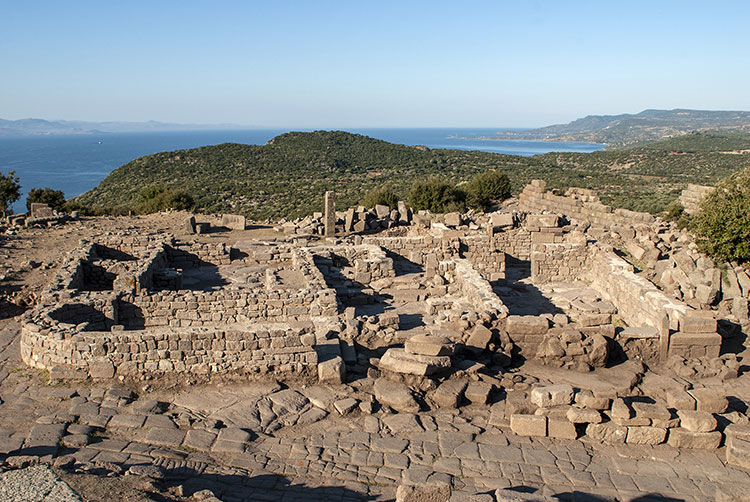
You may also like
- A 1700-year-old statue of Pan unearthed during the excavations at Polyeuktos in İstanbul
- The granary was found in the ancient city of Sebaste, founded by the first Roman emperor Augustus
- Donalar Kale Kapı Rock Tomb or Donalar Rock Tomb
- Theater emerges as works continue in ancient city of Perinthos
- Urartian King Argishti’s bronze shield revealed the name of an unknown country
- The religious center of Lycia, the ancient city of Letoon
- Who were the Luwians?
- A new study brings a fresh perspective on the Anatolian origin of the Indo-European languages
- Perhaps the oldest thermal treatment center in the world, which has been in continuous use for 2000 years -Basilica Therma Roman Bath or King’s Daughter-
- The largest synagogue of the ancient world, located in the ancient city of Sardis, is being restored











Leave a Reply